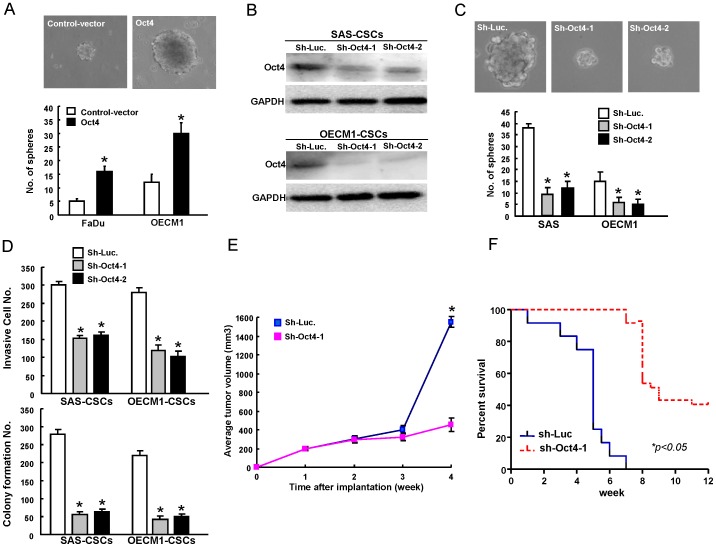Figure 4. Oct4 downregulation abrogate the cancer stemness in OSCC-CSCs.
(A) Representative images of tumor sphere formation ability of control-GFP or Oct4-overexpressing OSCCs. (B) Single cell suspensions of OSCC-CSCs were transduced with sh-Luc or sh-Oct4 lentivirus for 3 days. Total proteins prepared from infected cells were prepared and analyzed. The silencing effect of Oct4 shRNA in OSCC-CSCs was validated translationally by western blotting (OECM1 (left panel) and SAS (right panel)). Immunoblotting against anti-Oct-4 or anti-GAPDH antibodies was performed as indicated. The amount of GAPDH protein of different crude cell extracts was referred to as a loading control, and for further quantification. (C) OSCC-CSCs were first infected with sh-Oct-4-1, sh-Oct-4 -2 or sh-Luc lentivirus for 3 days, and then further cultivated under the serum-free defined selection medium. The cellular morphology of OSCC-CSCs treated with sh-Luc or Oct-4-shRNA lentivirus was examined. (D) To elucidate the capability of cell invasiveness (upper panel) and anchorage independent growth (lower panel) of OSCC-CSCs, OSCC-CSCs with Oct-4 down-regulation, single cell suspension of OSCC-CSCs infected with Oct-4-specific shRNA or control sh-Luc lentivirus for three days were plated onto transwells coated with matrigel and soft agar, respectively, and analyzed as described in the Materials and Methods section. Results are means ± SD of triplicate samples from three experiments. (E) Representative tumors of control and Oct4-knockdown OSCC-CSCs were generated, and the tumors were then dissected from the subcutaneous space of recipient mice (n = 3). (F) Kaplan–Meier survival analysis further indicated the mean survival rates of animals transplanted with control and Oct4-knockdown OSCC-CSCs.

